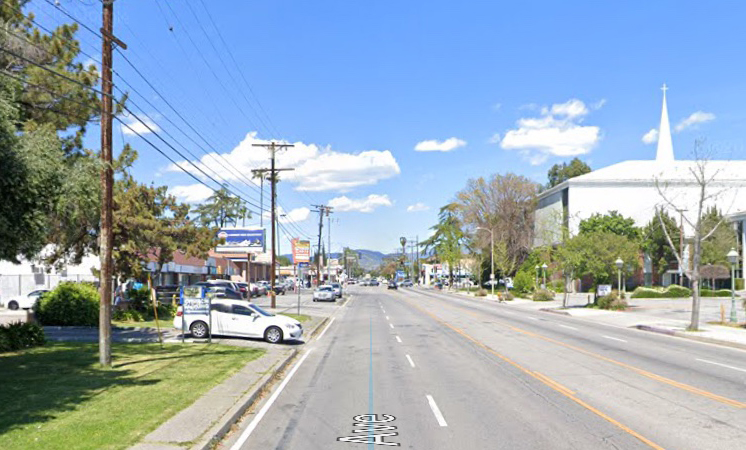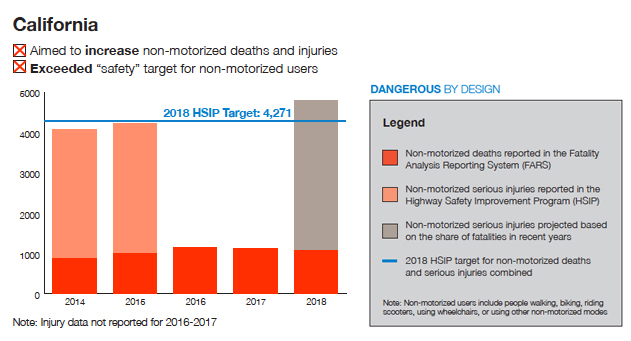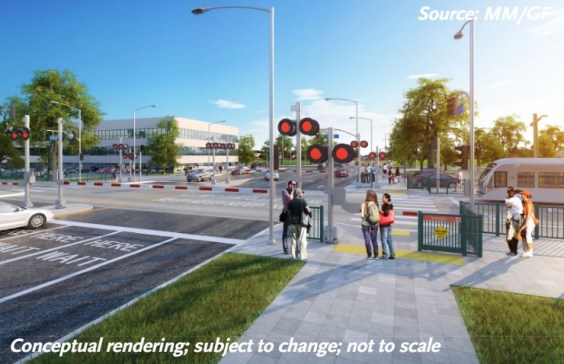California, Like Most States, Is Not Improving Safety

With stroads like these, how can we expect better safety outcomes anyway? Image: Google Streetview
Stay in touch
Sign up for our free newsletter
More from Streetsblog California
California Leaders Celebrate Ten Years of Climate Action
Air Resources Board report highlights progress funded by the California Cap-and-Trade Program
How Car-Centric Cities Make Caring For Families Stressful — Particularly For Women
Women do a disproportionate share of the care-related travel their households rely on — and car-focused planning isn't making matters easier.
A Very Ferry Future. Plus Advocates Call BS on ‘Welcoming West Portal Committee’
A whole lot more ferry service proposed for the Bay Area
Wednesday’s Headlines
Cash incentives can change transportation habits; Safer streets need investment; Suburbs don't want to support public transit; Depaving; More
San Fernando Valley Bus/Bike Updates: G Line, Roscoe Bus Lanes, Laurel Canyon Bike Lanes
Short newly protected bike lane on Laurel Canyon Blvd, extensive NSFV bus improvements under construction this month, and scaled-back G Line plans should get that project under construction this summer





